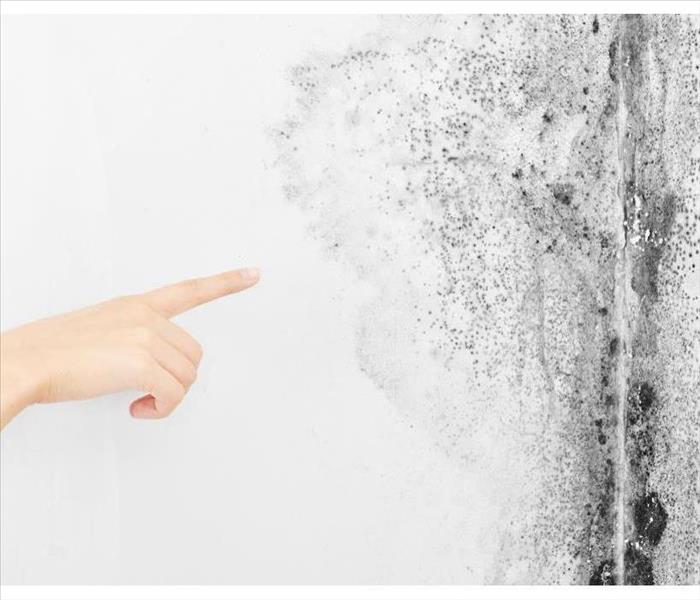Mold vs. Mildew Explained
9/28/2020 (Permalink)
It's every homeowner's nightmare: Something greenish-grayish-black has sprung up seemingly out of nowhere and is rapidly expanding over your walls, floors, or ceiling. How can you tell if this is mildew growth or mold growth, and either way, how do you stop the mold damage in its tracks?
Mildew vs. Mold
The labels "mildew" and "mold" are often used interchangeably, but while their behaviors and appearances are fairly similar, they are in fact two distinct types of fungi. Technically, mildew is a subcategory of mold, but it is generally treated as its own entity. Some other common household fungi, which are collectively referred to simply as "molds," include:
- Acremonium
- Fusarium
- Mucor
- Aspergillus
- Alternaria
- Cladosporium
How to Spot the Difference
Mildew and mold are distinguishable by color and texture. While mildew tends to be gray or white, mold is more often green or black. Likewise, mildew usually presents a downy or powdery texture and mildew growth is fairly flat against the surface. Mold, on the other hand, is often fuzzy or slimy, and can grow into more three-dimensional formations.
Which Is Worse?
Because mold is such a broad category, it is impossible to make a blanket statement as to whether mold or mildew causes worse mold damage. Both can spread extremely quickly, and the longer it's allowed to grow without professional intervention, the more arduous the remediation process will be. As a general rule of thumb, though, mold is often indicative of a more severe and far-reaching growth than mildew is.
The short answer is that if you spot mold damage in your home, it's not of the utmost importance whether it's technically mildew, because either way, the most important step to take is to call in your local Clear Lake, TX, mold remediation professionals. All the same, it always feels good to have a handle on what's going on inside your own home.

 24/7 Emergency Service
24/7 Emergency Service
